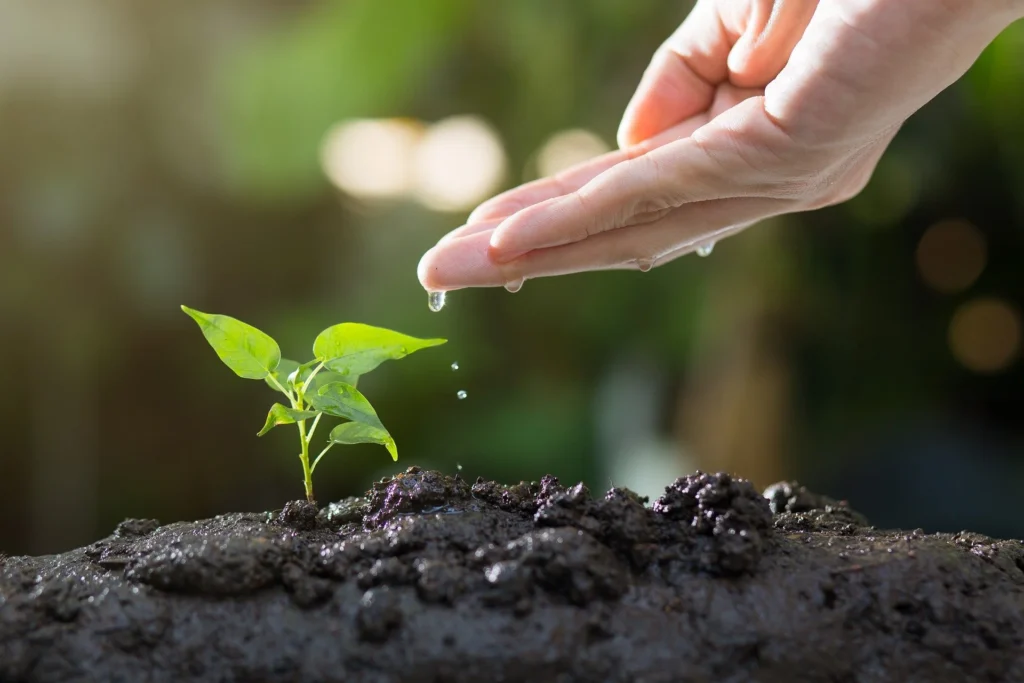Gardening: A Path to Nature and Health

Gardening, is the art and science of cultivating plants. It is a fulfilling activity that connects us to nature, offering both aesthetic and practical benefits. Whether you have a sprawling backyard or a small balcony, it allows you to create your own green space, tailored to your preferences.
Additionally, it promotes physical health, reduces stress, and fosters a sense of accomplishment. With endless possibilities and numerous benefits, gardening is a hobby that everyone can enjoy. Let’s explore how it can transform your life and environment.
The Joy of Gardening
Undoubtedly, gardening is more than just planting seeds and watching them grow. It nurtures both the plants and the gardener. The act of tending to plants, feeling the soil, and observing the growth cycle creates a strong connection with nature, which is proven to reduce stress, improve mood, and promote mental clarity. It also instills a sense of achievement as you watch your hard work flourish into vibrant greenery and colorful blooms.
Benefits of Gardening
It offers a range of benefits that go beyond just beautifying your surroundings. It improves physical health through activities like digging and planting, which strengthen muscles and enhance flexibility. It also boosts mental well-being by reducing stress and providing a sense of accomplishment. Additionally, it positively impacts the environment by purifying the air and supporting biodiversity. It’s a rewarding way to nurture yourself and the planet.
Physical Health
Digging, planting, weeding, and watering provide a good workout, improving strength, flexibility, and endurance. Regular activities can also help lower blood pressure and reduce the risk of chronic illnesses.
Mental Health
Spending time with plants has therapeutic effects, reducing anxiety and depression. In addition, the repetitive motions and focus required can act as a form of meditation, calming the mind.
Environmental Impact
Plants purify the air, reduce noise pollution, and provide a habitat for various species, contributing to biodiversity. A well-maintained garden can even help in mitigating the urban heat island effect in cities.
Economic Savings
Growing your own fruits, vegetables, and herbs can cut down on grocery bills. Consequently, it ensures you have access to fresh, organic produce right at your doorstep.
Educational Value
It teaches patience, responsibility, and the importance of sustainable living. Notably, it is an excellent way to involve children, helping them learn about ecosystems and the food chain.
Types of Gardening
- Vegetable Gardening: Grow your own fresh produce, including tomatoes, peppers, lettuce, and herbs. A vegetable garden can be both productive and aesthetically pleasing with creative layouts and companion planting.
- Flower Gardening: Brighten your surroundings with vibrant blooms and fragrant flowers. From roses to marigolds, flower gardening can transform any space into a visual delight.
- Indoor Gardening: Perfect for small spaces, indoor gardening involves growing plants like succulents, ferns, and bonsais inside your home. Additionally, it helps improve indoor air quality and adds a touch of greenery to your interiors.
- Container Gardening: Ideal for those with limited outdoor space, this method uses pots and containers to grow plants. It is a versatile approach suitable for patios, balconies, or even windowsills.
- Hydroponic Gardening: A soil-less method of growing plants in nutrient-rich water. This innovative technique is highly efficient, requiring less water and space compared to traditional gardening methods.
- Vertical Gardening: Utilize vertical space with wall planters, trellises, or hanging pots. As a result, vertical gardening is especially useful for urban dwellers with minimal horizontal space.
Tips for Successful Gardening
- Understand Your Climate: Choose plants suited to your region’s climate and soil type. In particular, research native plants, as they require less maintenance and are better adapted to the local environment.
- Plan Your Garden: Organize your space effectively to ensure proper sunlight, water drainage, and accessibility. For this purpose, sketch a layout before planting to make optimal use of your area.
- Use Quality Soil: Healthy soil is the foundation of a thriving garden. Thus, use compost to enrich it, and test the pH levels to ensure they are suitable for the plants you choose.
- Water Wisely: Overwatering can be as harmful as under-watering. Therefore, water your plants early in the morning or late in the afternoon to prevent evaporation and fungal diseases.
- Stay Consistent: Regular care, including pruning, weeding, and fertilizing, is essential. In addition, keep a gardening journal to track your activities and note what works best.
- Use Mulch: Mulching helps retain soil moisture, suppress weeds, and regulate soil temperature, creating a healthier environment for plants.
- Attract Pollinators: Include plants that attract bees, butterflies, and other pollinators to enhance the health of your garden ecosystem.
Conclusion
It fosters creativity, promotes health, and strengthens our bond with the natural world. Whether you’re a seasoned gardener or a beginner, every moment spent in the garden is a step towards a healthier and more sustainable life. With its numerous physical, mental, and environmental benefits, it is an investment in both personal well-being and the planet’s future. So, grab your tools, choose your plants, and embark on this blissful journey today!
